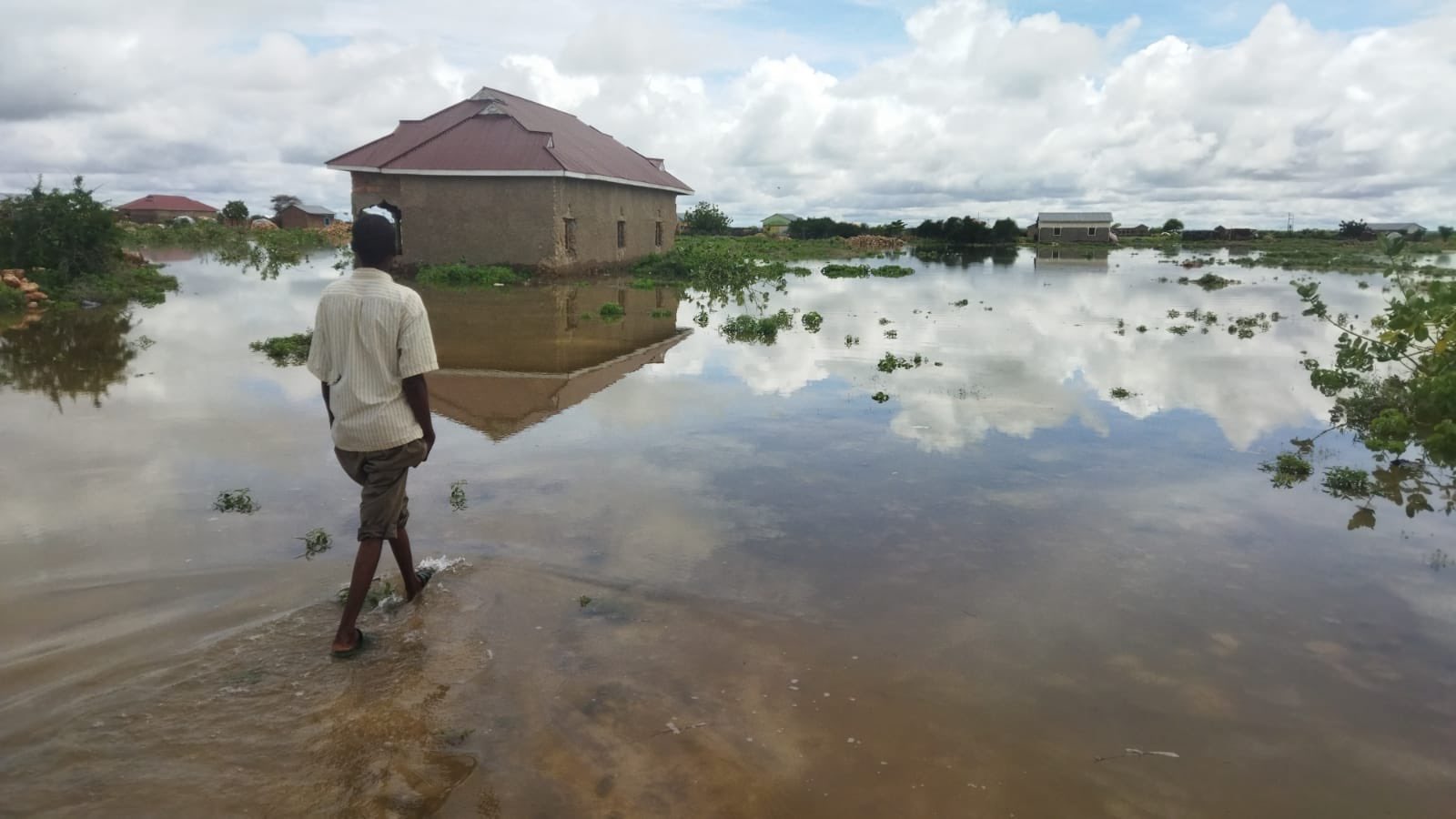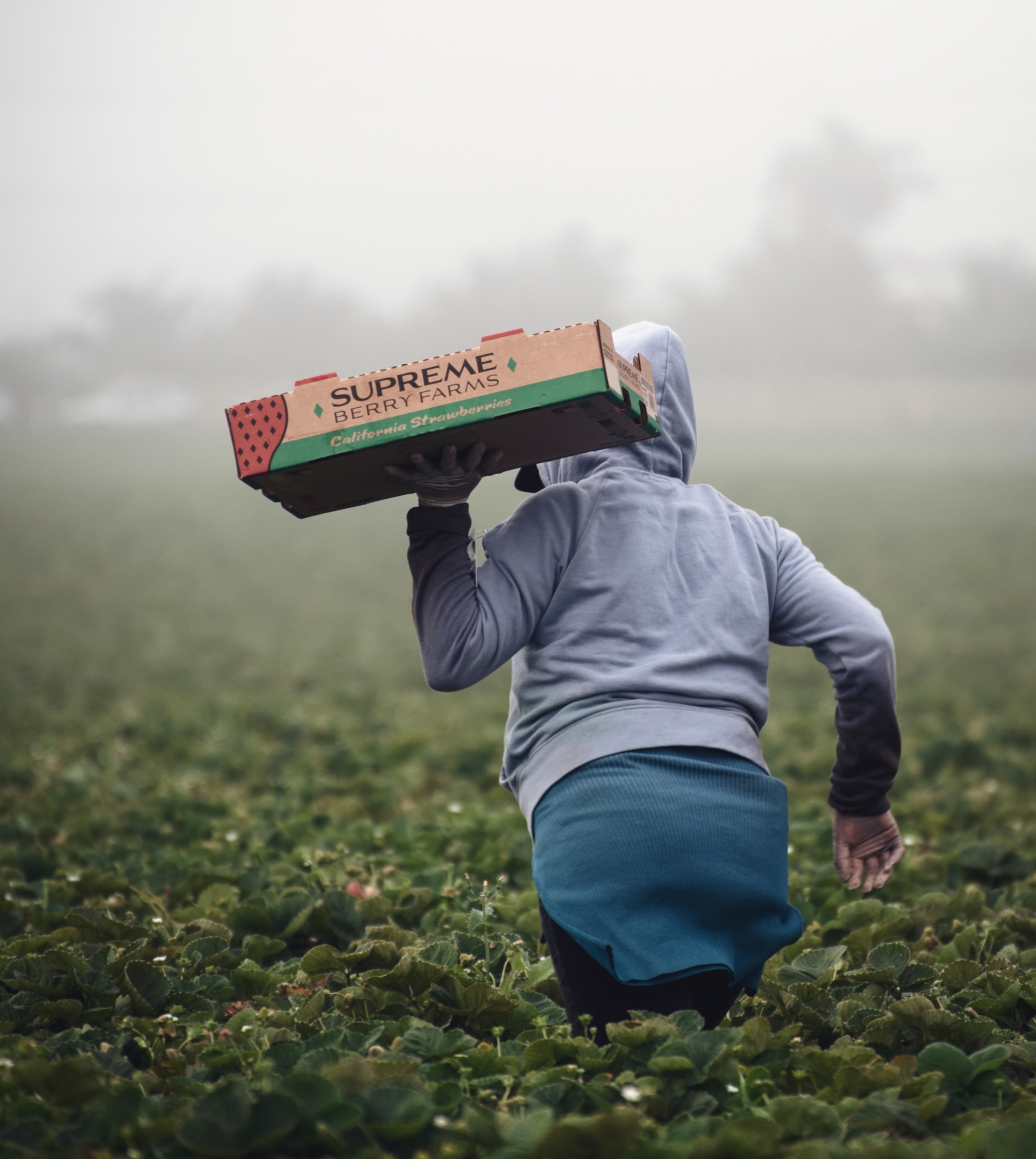What we’re watching: Weekly disaster update, December 4

We know all too well that disaster can strike anytime, anywhere in the world. Some disasters make headlines; others do not. Here at the Center for Disaster Philanthropy (CDP), we monitor the status of disasters worldwide and compile a list of the ones we’re tracking weekly, along with relevant disaster-related media coverage.
Here’s what we’re watching for the week of Dec. 4, 2023.
New or Emerging Disasters
Tornado – Arizona: The National Weather Service confirmed that an EF-1 tornado touched down in Star Valley on Nov. 19. The tornado’s winds peaked between 95-105 miles per hour. Approximately 20 homes have some damage to the roof or windows. Star Valley is a small town of about 2,500 residents incorporated into Gila County. Local organizations, including faith groups and businesses, quickly responded and offered support following the disaster.
Drought – Spain: The Catalonia region is experiencing its worst drought. Reservoirs that provide water for millions, including Spain’s second-biggest city, Barcelona, are filled to just 18% of their capacity. The region has officially entered the “pre-emergency” phase for drought, lowering daily water use per person. A significant amount of rain is needed, or Barcelona could need ships to bring in drinking water. The drought has resulted in water bills rising in Barcelona and nearby cities as the costs of desalination and water purification rise.
Previous/Ongoing Disasters
Cholera Outbreak – Ethiopia: A new cholera outbreak in Ethiopia’s Somali region is exacerbating the situation for people displaced by recent floods. On Nov. 30, Save the Children said 772 confirmed cases and 23 deaths from the deadly disease were recorded in just two weeks. In the worst-hit district of Kelafo, children under five account for nearly 80% of the confirmed cases.
In their latest Ethiopia Situation Report published on Dec. 1, the UN Office for the Coordination of Humanitarian Affairs said although prevention and treatment activities are ongoing, “there is an urgent need for sustainable solutions to address root causes of the recurrent cholera outbreaks such as the provision of safe drinking water and sanitation facilities.”
In addition to cholera, malaria and measles also remain major public health concerns across several regions.
Complex Humanitarian Emergency – Sudan: On April 15, fighting broke out between the Sudanese Armed Forces, led by Gen. Abdel Fattah al-Burhan, and the Rapid Support Forces (RSF) led by Gen. Mohamed Hamdan Dagalo.
Human Rights Watch said the RSF killed hundreds of civilians in West Darfur in early November 2023. The group urged the UN Security Council to strengthen the UN’s presence in Sudan to prevent further atrocities and better protect civilians in Darfur. In a statement published on Nov. 16, the UN Under-Secretary-General and Special Adviser on the Prevention of Genocide, Alice Wairimu Nderitu, condemned the reports of grave human rights violations and abuses.
Since mid-April, 6.3 million people have been displaced inside and outside Sudan. The revised 2023 Sudan Humanitarian Response Plan appeal was only 34.5% funded as of Nov. 23.
For more, see our Sudan Humanitarian Crisis disaster profile.
Flooding – Horn of Africa: Years of record drought left soils in the region unable to absorb significant rainfall, resulting in devastating flooding. The floods have displaced 746,000 people in Somalia, more than 396,000 in Ethiopia and more than 450,000 in Kenya. Hunger and humanitarian needs continue growing, and some areas have not received enough assistance due to funding cuts.
In Kenya, 120 people have died due to the flooding, according to the National El Niño Steering Committee. Kenya’s Tana River, Garissa, Wajir and Mandera counties are among the worst affected. As of Nov. 29, the floods affected two million people in Somalia, resulting in 96 deaths.
An example of philanthropy among diasporas is a newly formed local emergency flood relief committee consisting of elders and community members in Minnesota’s Somali community, which has been raising money and spreading the word about the conditions in Somalia. The committee’s goal is to raise $1 million by the end of the year.
In addition to the disasters listed above, we actively monitor the following disasters or humanitarian emergencies. For more information, see the relevant disaster profiles, which are updated regularly.
- Afghanistan Humanitarian Crisis
- 2023 Atlantic Hurricane Season
- Horn of Africa Hunger Crisis
- 2023 Libya Floods
- 2023 Morocco Earthquake
- Sudan Humanitarian Crisis
- 2023 US Tornadoes
- 2023 Turkey-Syria Earthquake
- Ukraine Humanitarian Crisis
U.S. Midwest Low-Attention Disasters
The Midwest is regularly faced with low-attention disasters that affect people across the region. CDP’s Midwest Early Recovery Fund (ERF) effectively funds efforts that catalyze equitable disaster recovery.
These are some of the latest disasters and related news the ERF team is monitoring:
- More than $4 million in Public Assistance funding has been approved by FEMA for road repairs and debris removal costs related to the 2022 Montana floods.
- A year after a tornado tore through parts of Idabel, Oklahoma, some people still live in damaged homes. It is unlikely McCurtain County will receive federal support because of the size of the area affected and the level of the storm.
Complex Humanitarian Emergencies – Chad
Many places worldwide are experiencing emergencies caused by conflict, climate change, drought, famine, economic challenges and other conditions that combine to create a complex humanitarian emergency (CHE). CDP maintains complete profiles on several CHEs, and what CDP considers Level 1 CHEs are profiled in this weekly blog post and tracked.
On April 15, fighting erupted between the Sudanese Army Forces and the Rapid Support Forces in multiple locations across Sudan, resulting in a humanitarian crisis. Since the crisis in Sudan began, more than 451,000 people have crossed into Chad. Newly arrived refugees have said they most need sleeping materials, kitchen and household items, and personal hygiene items.
Amid limited funding and rising needs, the World Food Programme (WFP) said on Nov. 21 it would be forced to suspend assistance to more than a million people in Chad, including newly arrived refugees from Sudan, in December. Millions in Chad already face acute food insecurity and malnutrition. WFP says it needs $185 million over the next six months.
Aside from the influx of refugees and returnees from Sudan in the eastern provinces, the western Lac Province continues to see an increase in attacks by armed groups, forcing around 54,000 people to flee their homes between July and September 2023. In the south, several floods between August and September 2023 destroyed 2,700 homes.
As of Nov. 30, donors had funded only 30.4% of Chad’s 2023 Humanitarian Response Plan.
Upcoming webinar
Dec. 14: Strangers in a strange land: Migrants and disasters in the US

What We’re Reading
- 2023 Hurricane Season Ends: South Florida Evades the Cone for the First Time in Nearly a Decade – Eye on the Tropics: Nov. 30 was the official end of the 2023 hurricane season, which Michael Lowry summarized as “an active year with over half the season occupied by named storms – the fifth highest coverage in 50 years – but with just one U.S. hurricane landfall and two U.S. landfalling tropical storms.”
- Promoting Equitable Wildfire Recovery in Lahaina: Four Lessons for Local Leaders, from Colorado’s Marshall Fire – Urban Institute: Although there are key differences between Maui’s experience and Colorado’s, studies of the Marshall Fire have lessons for recovery in Lahaina. For example, recovery becomes less equitable over time.
- Could less be more? The paradox facing humanitarians at COP28 – The New Humanitarian: Sophie Tholstrup and Paul Knox Clarke writes, “The alternative to ceding space, or to competing for funding, is that humanitarians decide to change their own way of working, and prioritise prevention and resilience over response – shifting along the disaster risk reduction spectrum towards climate adaptation.”
- Decoding COP28: Key numbers that philanthropy needs to know – Philea: According to the IPCC, we have seven years to halve emissions by 2030, compared to 2020 levels, to have a chance of not surpassing the 1.5-degree goal. Marco Cucé writes, “The time for action is now, and philanthropic actors are uniquely positioned to be agents of meaningful change on this pressing global issue.”
- Funding trends 2023: Climate change mitigation philanthropy – ClimateWorks Foundation: The fourth annual report on funding trends in climate change mitigation philanthropy covers eight years of funding data from 2015 to 2022. The report found, “Overall, total giving to climate change mitigation from individuals and foundations represented less than 2% of global philanthropic giving in 2022.”
- Top 25 global funders account for more than three quarters of direct giving – Alliance: A new report published by the Council on Foundations also found that “just 13% of the $33.4 billion in global foundation giving between 2016 and 2019 were grants to organizations headquartered in countries for work taking place exclusively in those countries.”
With the help of a student in Los Angeles and Photoshop, the beloved bear Paddington has been inserted into incredible situations for nearly 1,000 days straight.
